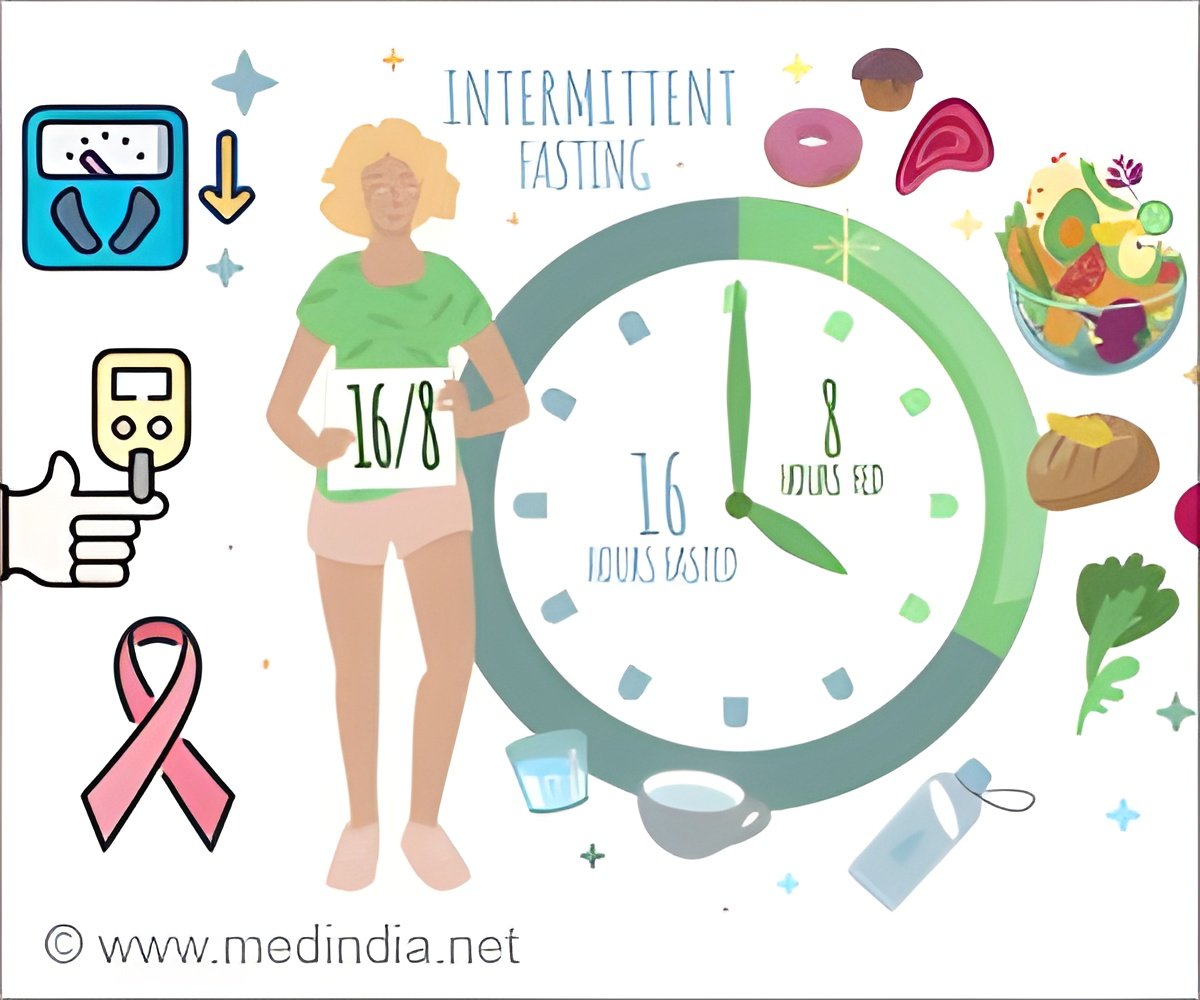The results indicate that most symptomatic individuals are not infectious before symptom onset. Also, two-thirds of cases remain infectious five days later.
Lateral flow tests are less effective in detecting the onset of COVID-19 infectiousness. But they help determine when a person is no longer contagious and may safely be allowed to move out of isolation.
Advertisement
“We closely monitored people in their homes from when they were first exposed to the virus, capturing the moment when they developed infection through until they ceased being infectious. Before this study, we were missing half of the picture about infectiousness because it’s hard to know when people are first exposed to SARS-CoV-2 and when they first become infectious. By using special daily tests to measure infectious viruses (not just PCR) and daily symptom records we were able to define the window in which people are infectious. This is fundamental to controlling any pandemic and has not been previously defined for any respiratory infection in the community. Combining our results with what we know about the dynamics of Omicron infections, we believe that the duration of infectiousness we’ve observed is broadly generalizable to current SARS-CoV-2 variants, though their infectious window may be a bit shorter. Our evidence can be used to inform infection control policies and self-isolation guidance to help reduce the transmission of SARS-CoV-2,” said study author, Professor Ajit Lalvani, Director of the NIHR Health Protection Research Unit in Respiratory Infections at Imperial.
“There is no longer a legal requirement to self-isolate if you test positive for COVID-19, but most people still want to isolate until they are not infectious. Despite this, there is a lack of clarity on how to come out of self-isolation safely. Our study is the first to assess how long infectiousness lasts, using real-life evidence from naturally acquired infection. Our findings can thus inform guidance as to how to safely end self-isolation. If you test positive for COVID-19 or have symptoms after being in contact with someone with confirmed COVID-19, you should try to stay at home and minimize contact with other people,” said co-author, Dr Seran Hakki also from Imperial’s National Heart and Lung Institute.
COVID-19 Infections Timeline
According to the study, the average number of days that a person remains contagious was five. Although a PCR test revealed positive results in 24 of 38 individuals before they displayed symptoms of COVID-19, this does not necessarily indicate that they are contagious. Most individuals became contagious after exhibiting symptoms. Only one in five subjects had an infection prior to the onset of symptoms (7 out of 35 cases).
Although infectiousness levels decreased over the course of the illness, eight of the 34 patients (or 22 of the 34 cases) continued to shed the virus at seven days after the onset of symptoms.
How to Safely End COVID-19 Self-isolation?
The researchers compared levels of infectiousness with the outcomes of lateral flow tests to better understand when individuals may be allowed to leave isolation in a safe manner.
They discovered that the sensitivity of these tests for determining whether a person was infectious was low at the beginning of infection but high after infectiousness peaked (sensitivity of 67% vs. 92%, respectively). This shows that lateral flow tests help identify when a person is no longer contagious. Testing to release individuals from isolation may be effective, but they are unreliable for early diagnosis unless performed frequently.
According to their findings, the researchers advise those who have COVID-19 to isolate for five days after the onset of symptoms and then perform lateral flow tests starting on the sixth day. It is safe to come out of isolation if these tests are negative two days in a row. If a person continues to test positive on a lateral flow device or does not have access to it, they should remain in isolation. It is advisable that they step out of isolation on the tenth day after their symptom’s onset. This will help reduce transmission to others.
“Self-isolation is not necessary by law, but people who want to isolate need clear guidance on what to do. The NHS currently advises that if you test positive for COVID-19 you should try to stay at home and avoid contact with other people for five days, but our data suggest that under a crude five-day self-isolation period two-thirds of cases released into the community would still be infectious – though their level of infectiousness would have substantially reduced compared to earlier in the course of their infection. NHS guidance for those with symptoms but who test negative is less clear about how long people should isolate for. Our study finds that infectiousness usually begins soon after you develop COVID-19 symptoms. We recommend that anyone who has been exposed to the virus and has symptoms isolates for five days, then uses daily lateral flow tests to safely leave isolation when two consecutive daily tests are negative,” said Professor Lalvani.
Insights on how Infectious are COVID-19 Variants
The Omicron variants were not evaluated in the study. The researchers emphasize that their recommendations may be conservative but still appropriate if it is true that Omicron variants have a lower viral load and are shed for a shorter period than other variants.
The majority of study participants were white, middle-aged, had a healthy BMI and were free of illnesses. These outcomes could be different in older people and those with medical issues because they might eliminate the virus more slowly.
Along with behavioural factors, such as where people are mingling and if they are near one another, infectiousness is also a prime component that contributes to transmission.
Source: Medindia



